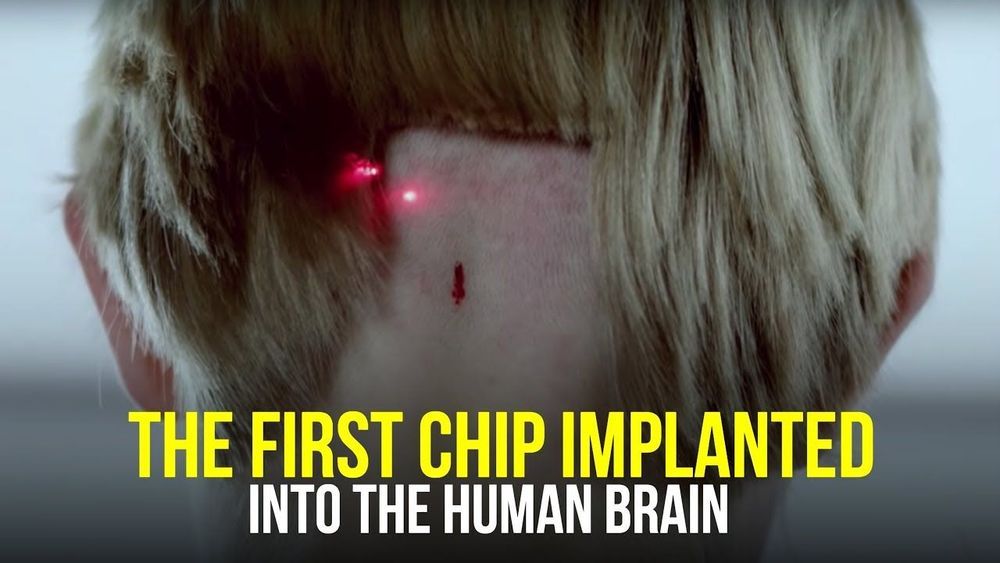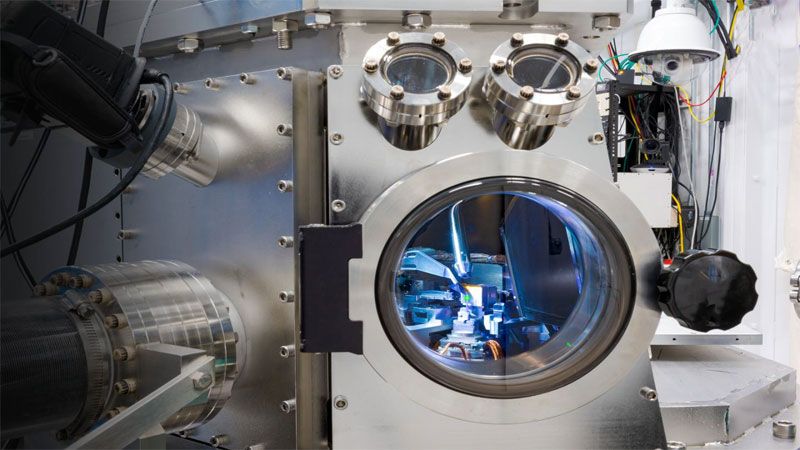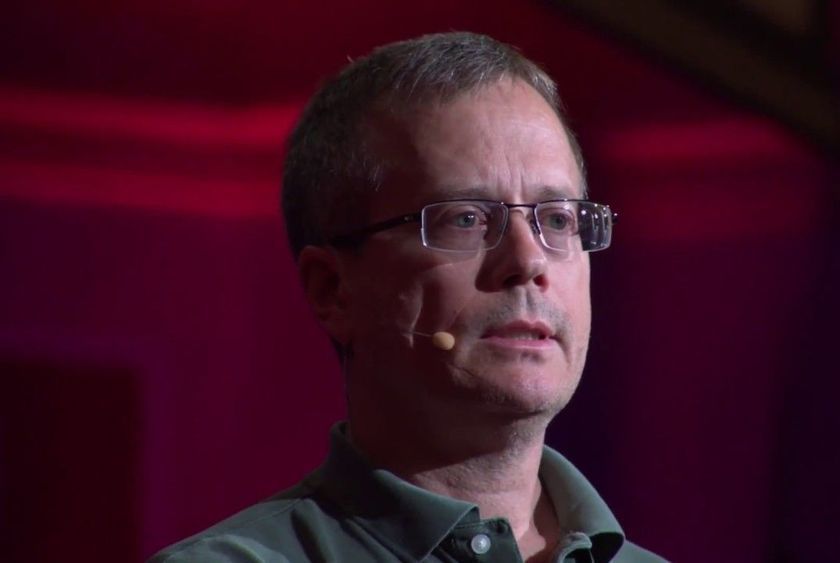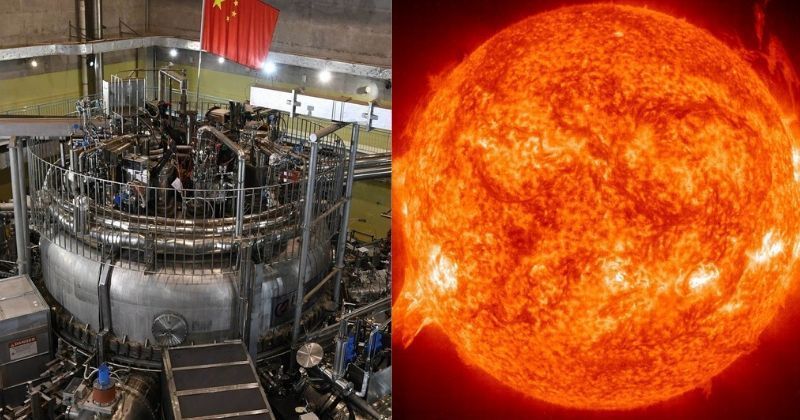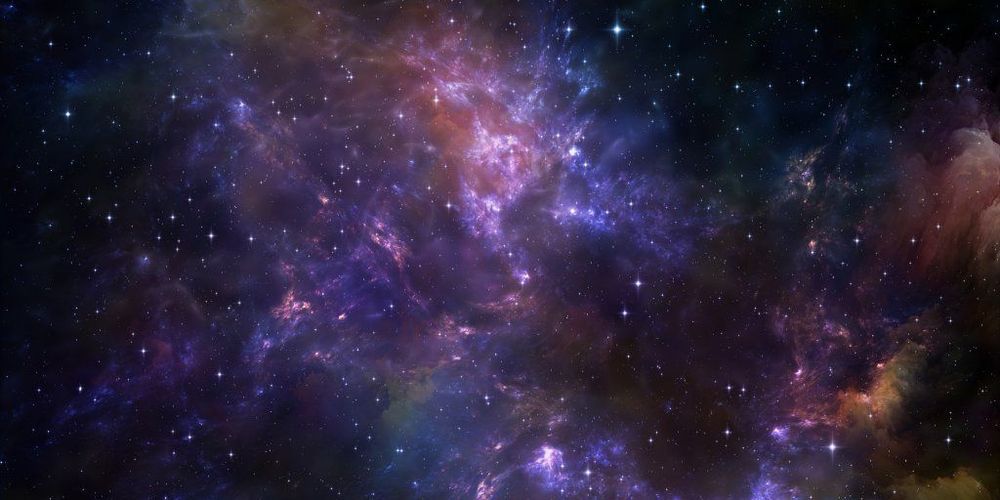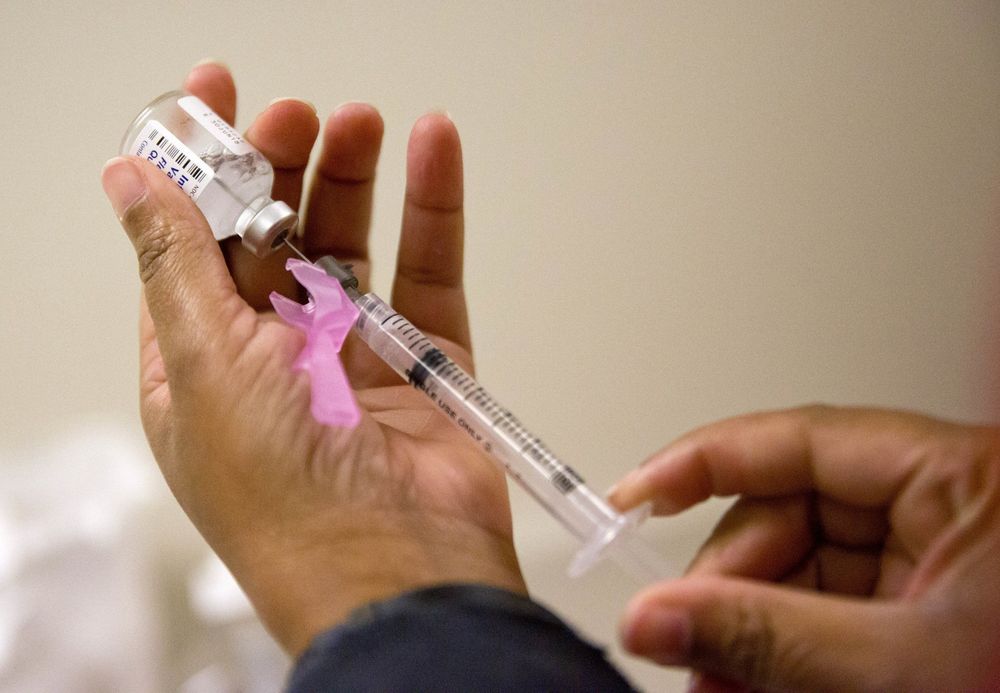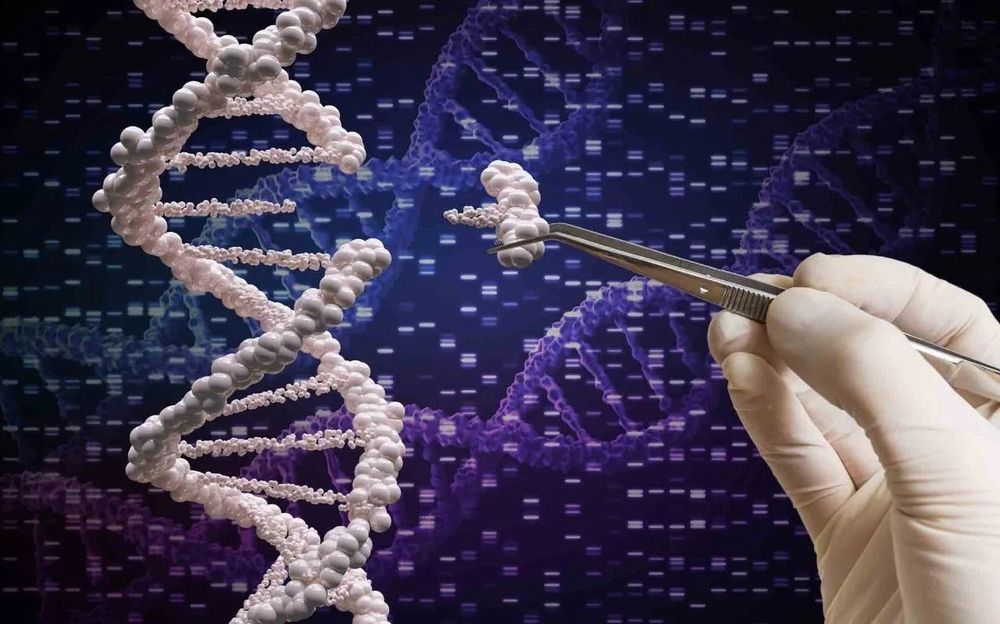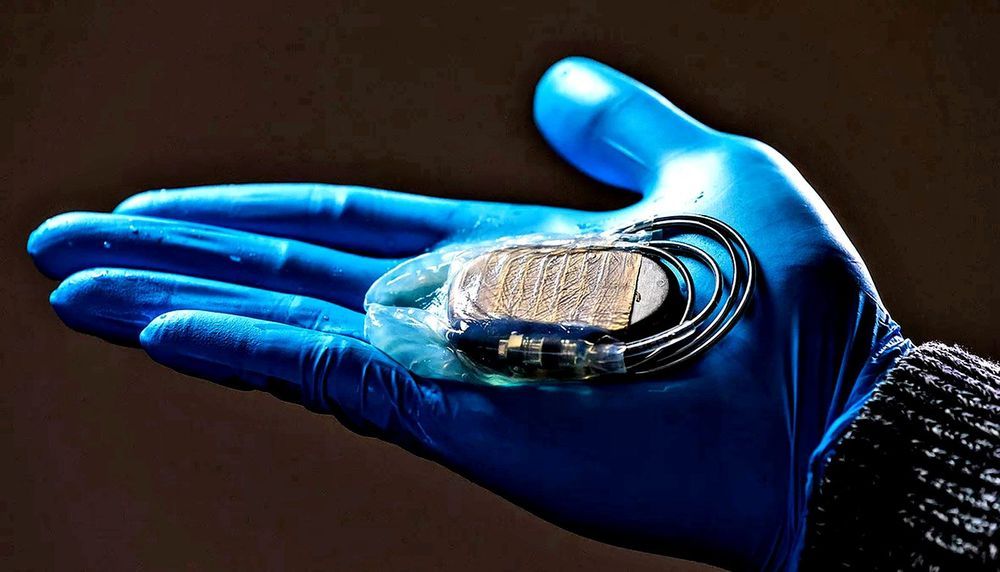Dec 6, 2019
“This Could Be a Tragedy For Humanity” | The First Brain Chip Implant
Posted by Paul Battista in categories: computing, neuroscience
“It’s the first chip implanted into the human brain”
►Special thanks to our friends from London Real for this amazing interview. Subscribe to their channel:
https://www.youtube.com/user/LondonRealTV
►OUR CLOTHING LINE : http://bit.ly/2HMI0oF
Continue reading “‘This Could Be a Tragedy For Humanity’ | The First Brain Chip Implant” »
